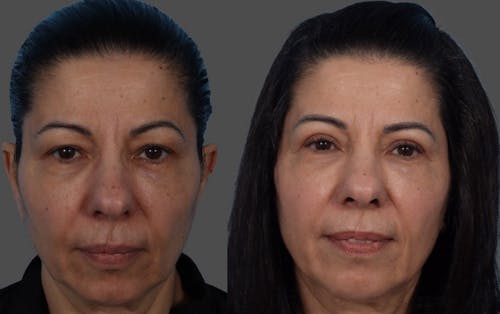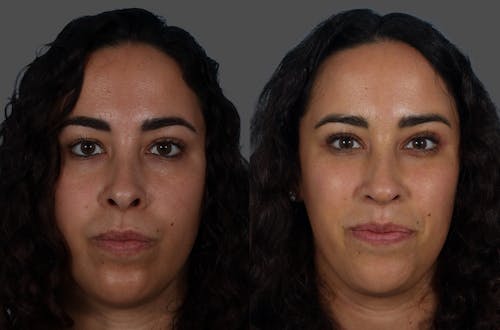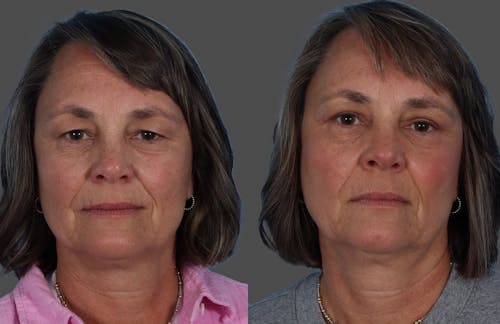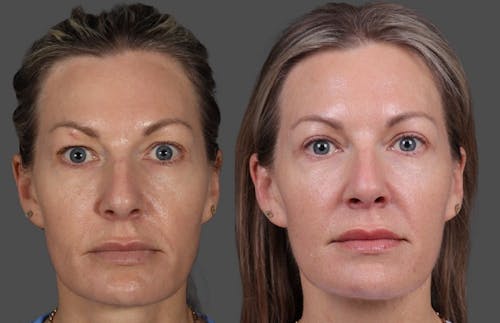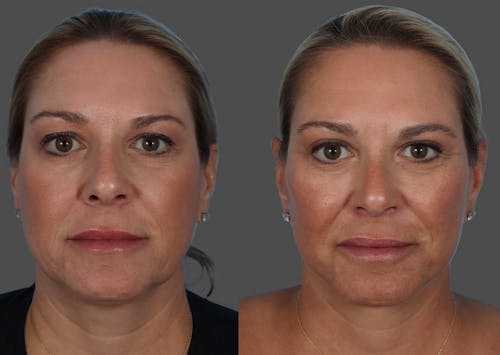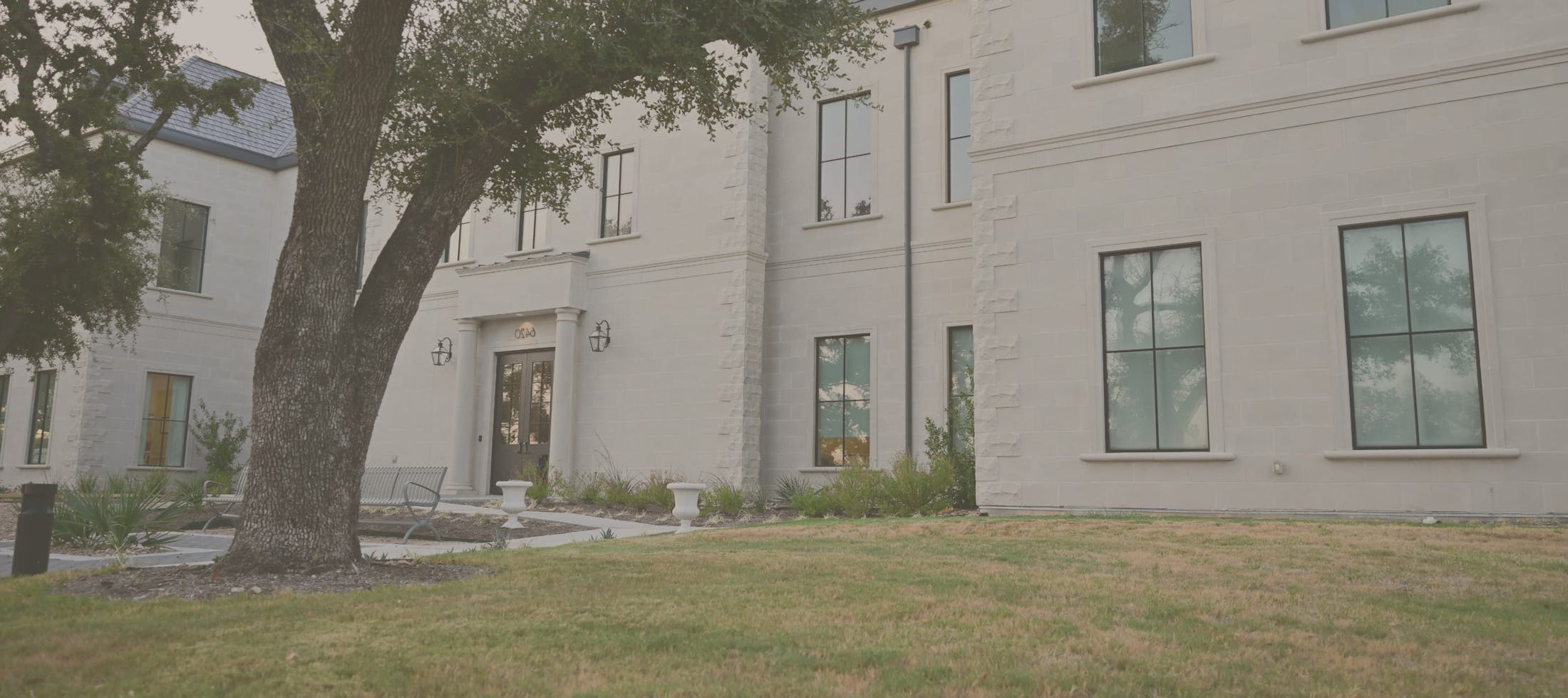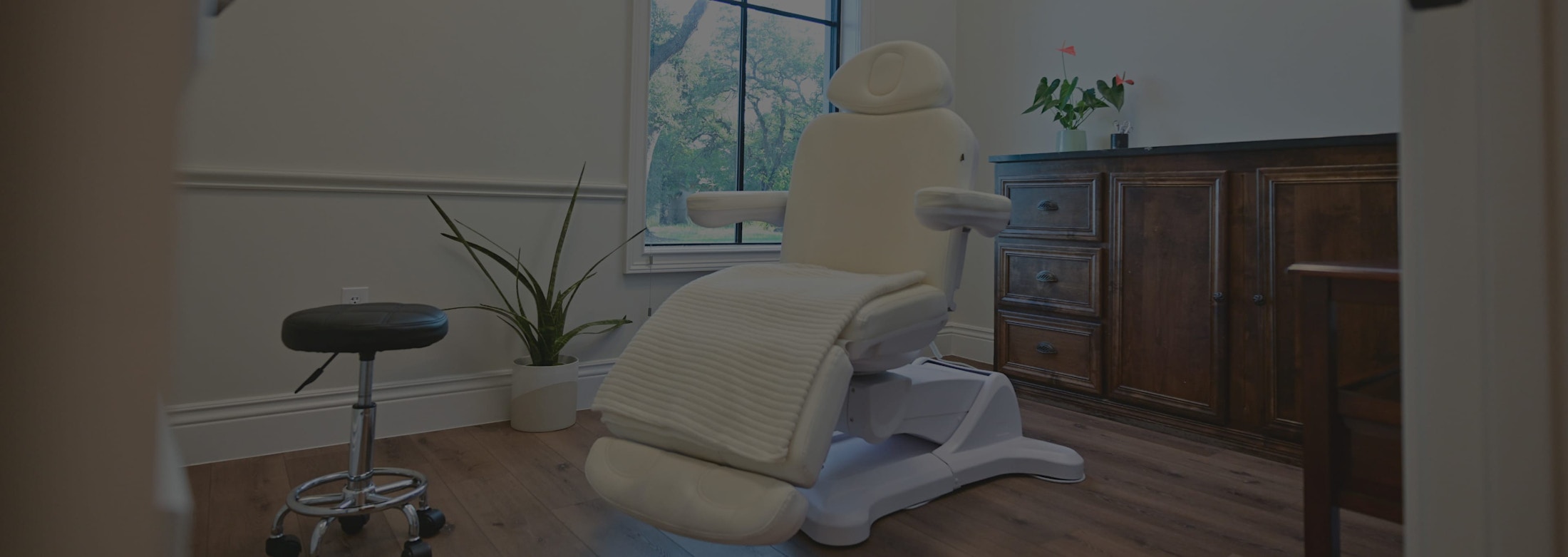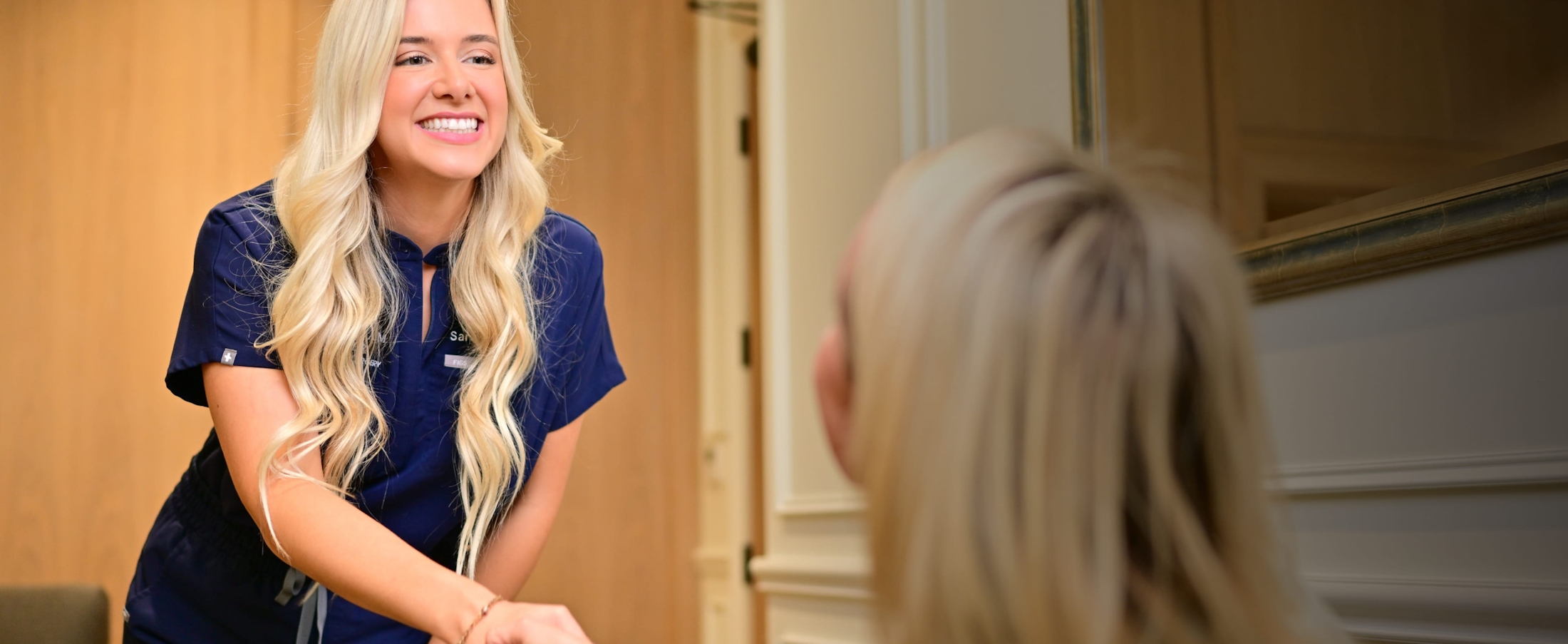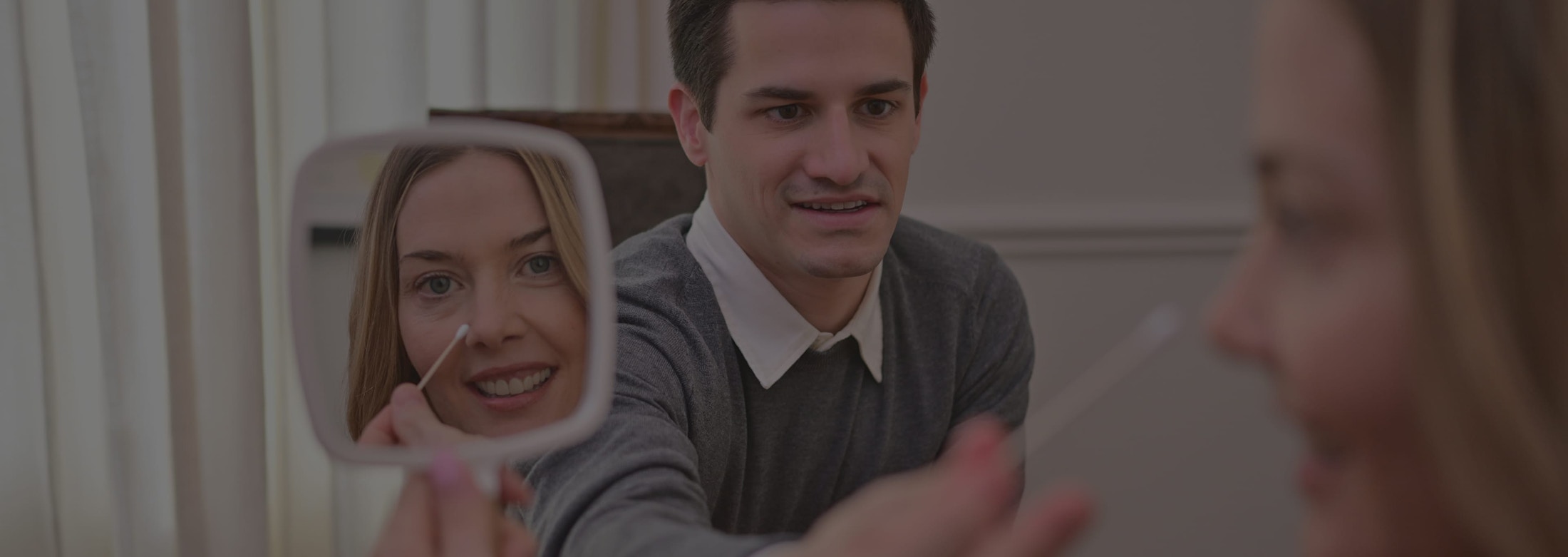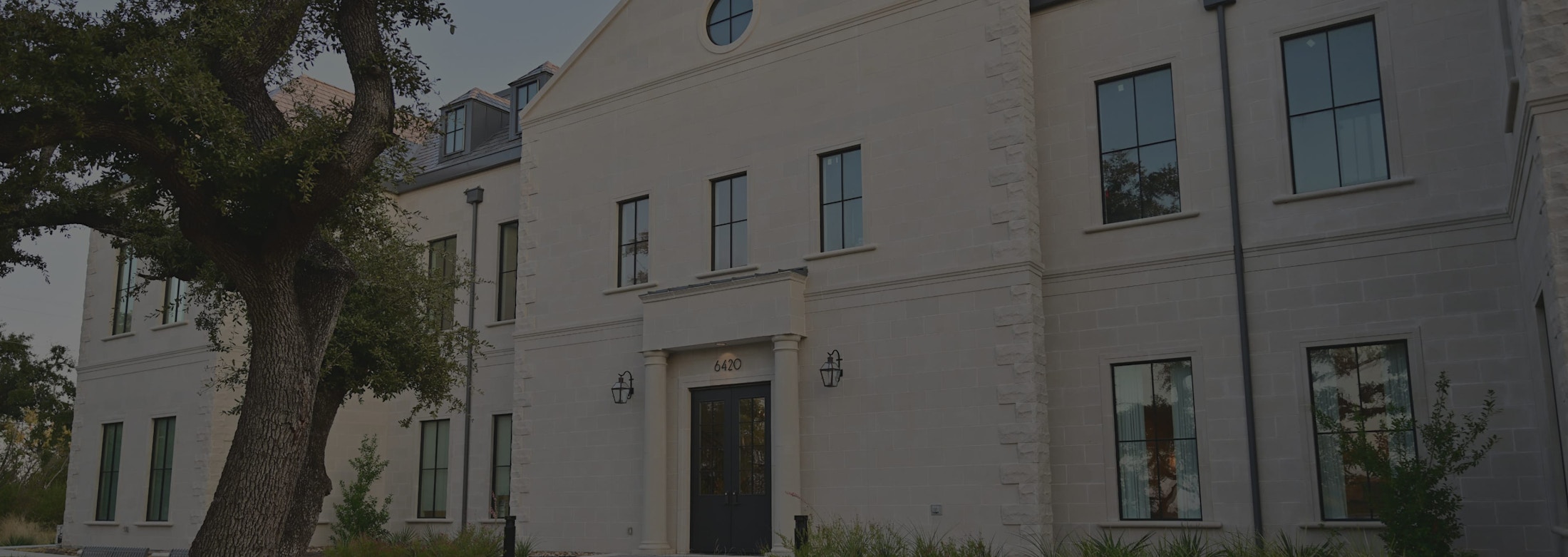Surgeons at the Buckingham Center for Facial Plastic Surgery offer blepharoplasty in Austin and the surrounding area.
Why Choose The Buckingham Center For Facial Plastic Surgery?
Eyelid surgery at the Buckingham Center is performed by a team solely focused on facial procedures. Board-certified and fellowship-trained, Dr. Edward Buckingham, Dr. Erin Smith, and Dr. Hudson Frey use advanced upper and lower blepharoplasty techniques to rejuvenate tired eyes with precision and care.
Dr. Smith’s specialized training under world leaders in oculoplastic and aesthetic surgery adds unmatched expertise, while Dr. Buckingham and Dr. Frey bring decades of collective experience in delicate facial anatomy. Your eyelid surgery in Austin is performed in a state-of-the-art surgical facility designed for comfort, safety, and natural-looking outcomes.



